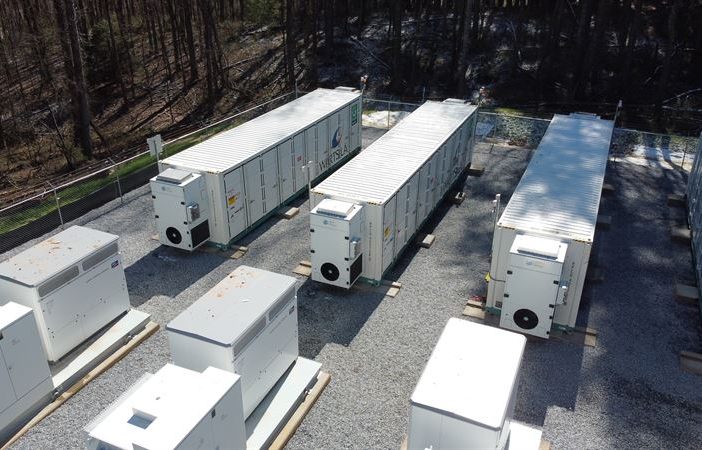- An international research team has developed a new approach to energy storage technologies that does not exclusively consider costs, as it also considers their interaction with energy systems.
The scientists said their “market potential method” can be used to simultaneously analyze multiple energy storage systems. “We show that current cost metrics can be misleading for technology design decisions,” they said. “A narrow cost focus on designing energy storage is not enough.”
The researchers stressed the importance of discovering the “hidden values” of storage technologies. They said network or peak plant deferral, or reduced solar and wind power plant curtailments, are hidden variables that are often neglected in storage cost analysis.
They apply their method in two phases. It initially focuses on a market potential indicator (MPI) and then defines market potential criteria to support design decisions.
“The MPI is not a new metric,” the scientists said. “It is a result of energy system models that analyze scenarios in future energy systems and describes the total quantity of a particular storage technology in a cost minimized electricity system.”
The scientists used the new approach to look at how different hydrogen storage technologies could be adopted across several European markets. They found that technologies with high or low levelized costs of storage (LCOS) could have good market potential.
“Not always a technology with the lowest investment or LCOS is most valuable,” they said. “It can also be the more expensive technology that can lead to a cheaper future electricity system.”
They described their findings in “Beyond cost reduction: improving the value of energy storage in electricity systems,” which was recently published in Carbon Neutrality. The research group includes scientists from the University of Edinburgh, Technische Universität Berlin, and the Netherlands Organization for Applied Scientific Research (TNO).
The team said the “market potential method” could help to identify potential growth markets, assess future cost reductions, and reduce the structural uncertainty of linear programming energy system models.
“The results suggest looking beyond the pure cost reduction paradigm and focus on developing technologies with suitable value approaches that can lead to cheaper electricity systems in future,” they said.
Author: Emiliano Bellini
This article was originally published in pv magazine and is republished with permission.















